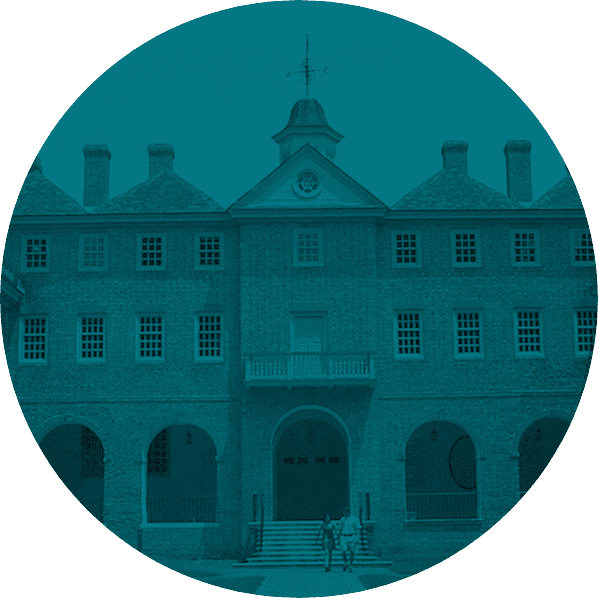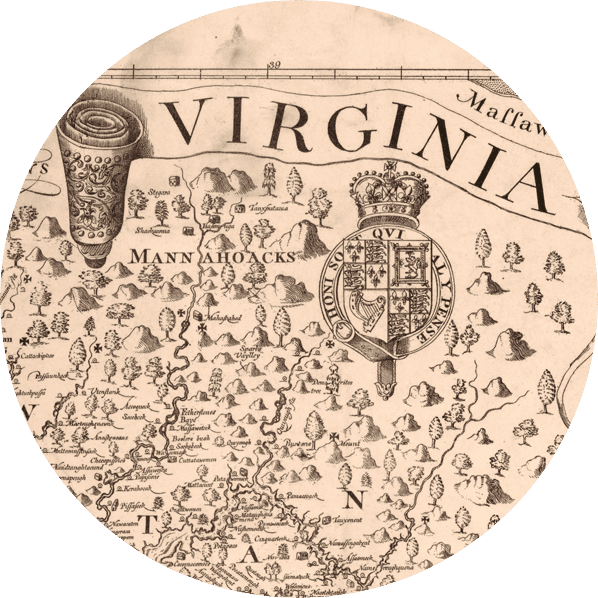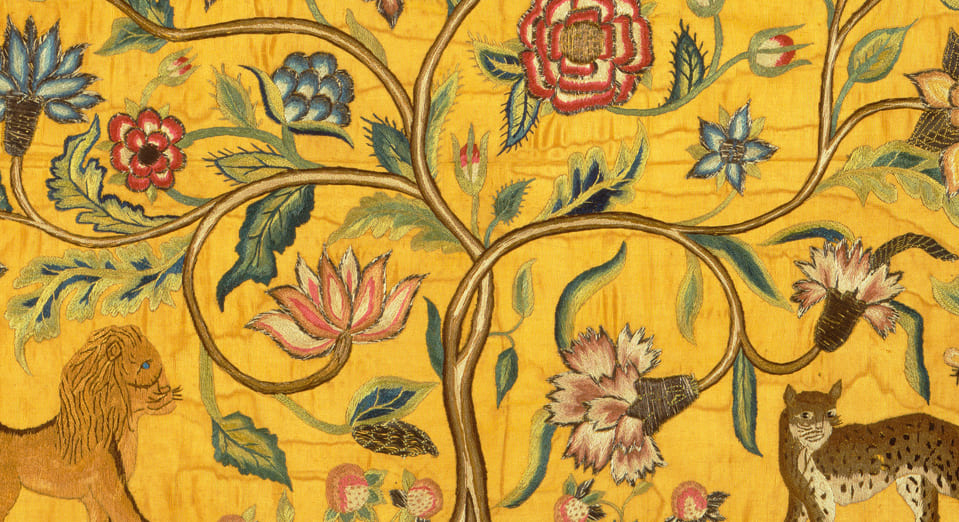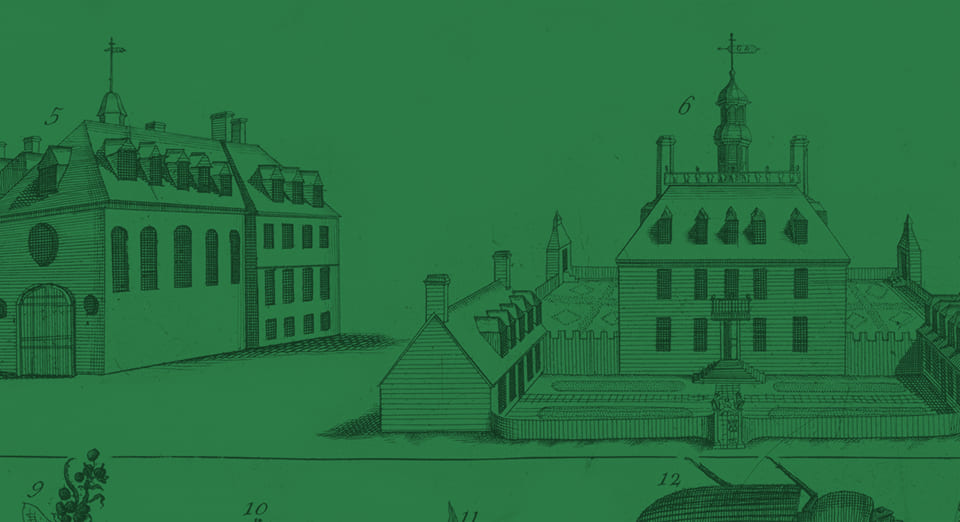We create intellectual infrastructure
Our scope encompasses the history and cultures of North America from circa 1450 to 1820 and includes related developments in Africa, the British Isles, the Caribbean, Europe, and Latin America.
In a rapidly changing academic and economic environment, we promote scholars and their scholarship via our publications, conferences, and fellowships. Through a variety of media and formats we curate conversations among junior and senior scholars and a broad range of interested intellectuals.
Annette Gordon-Reed, Pulitzer Prize winner, 2009 recipient of the National Humanities Medal as well as a MacArthur Fellow, and former member of the OI council, characterizes the OI as “one of the crown jewels of the American historical profession.”
Bernard Bailyn, twice winner of the Pulitzer Prize and 2010 recipient of the National Humanities Medal, says, “It is difficult to exaggerate the importance of this institute in the international world of historical scholarship. It is known throughout the United States, the United Kingdom, Europe and Latin America as the world’s center for the study of the origins of the American nation.”


OUR PEOPLE
Governing Boards & Staff
Board of Directors
Members of the Omohundro Institute’s Board of Directors determine matters of policy and have responsibility for the financial and general management and for resource development of the OI. The Board of Directors consists of eight members: six elected by the Board and two ex officio members (the chief academic officer of William & Mary and the chair of the OI Council).
Learn MoreThe Council of the OI
Members of the Council are typically drawn from the academic community. Councilors advise the OI executive director and the Board of Directors on policy, programmatic, and professional matters of concern to the OI and serve on one of the Council’s three standing committees: the William and Mary Quarterly Editorial Board, the Book Publications Committee, or the Conferences Committee. OI Associates are annually invited to submit nominations for consideration by the Council.
Learn MoreStaff
In addition to permanent staff, the OI employs William & Mary graduate students each year. These students complete a rigorous training program and then work with OI editorial staff throughout the academic year. We also support postdoctoral fellows thanks to underwriting from the National Endowment for the Humanities.
Learn More
OUR HISTORY
What’s that building?
We are proud to be housed on the campus of our founding sponsor, William & Mary in Williamsburg, Virginia.
Founded in 1693, W&M is the second oldest college in the nation. Its campus houses the oldest college building still standing in the United States, the Wren building. Known as the “soul of the College,” the building was constructed between 1695 and 1700, before Williamsburg was founded, when the capital of the colony of Virginia was still located at Jamestown. A rendition of the building’s cupola and dormers graces our logo in homage to our sponsor.

The Omohundros
In 1996, the name Omohundro was added to the Institute of Early American History and Culture in recognition of a generous gift from Malvern Hill “M.H.” Omohundro, Jr. and Elizabeth “Libby” Overbey Omohundro. The Omohundros began supporting the OI in the 1970s and made it the principal beneficiary of their estate.
To read more about the Omohundro family, including M.H.’s paternal great-uncle, Silas Omohundro, who owned slaves and married Corinna Hinton Omohundro, an enslaved woman, as well as what this lineage means to the OI’s mission, please see the post “What’s In The (Omohundro) Name?” on our blog.


OUR COMMUNITY
Lapidus Initiative
The Lapidus Initiative for Excellence and Innovation in Early American Scholarship, generously funded with a major gift from Sid and Ruth Lapidus, supports innovative programming and outreach. The Lapidus Initiative builds on the Omohundro Institute’s tradition of excellence in scholarly programming and publishing and uses our digital and social media platforms to engage scholarly and other audiences.


Annual Report
Since 2013, the OI Annual Report highlights programs, publications, and development on the academic, calendar, and fiscal year as appropriate. Review each year’s publications, events, digital projects, fellowships, and more.
